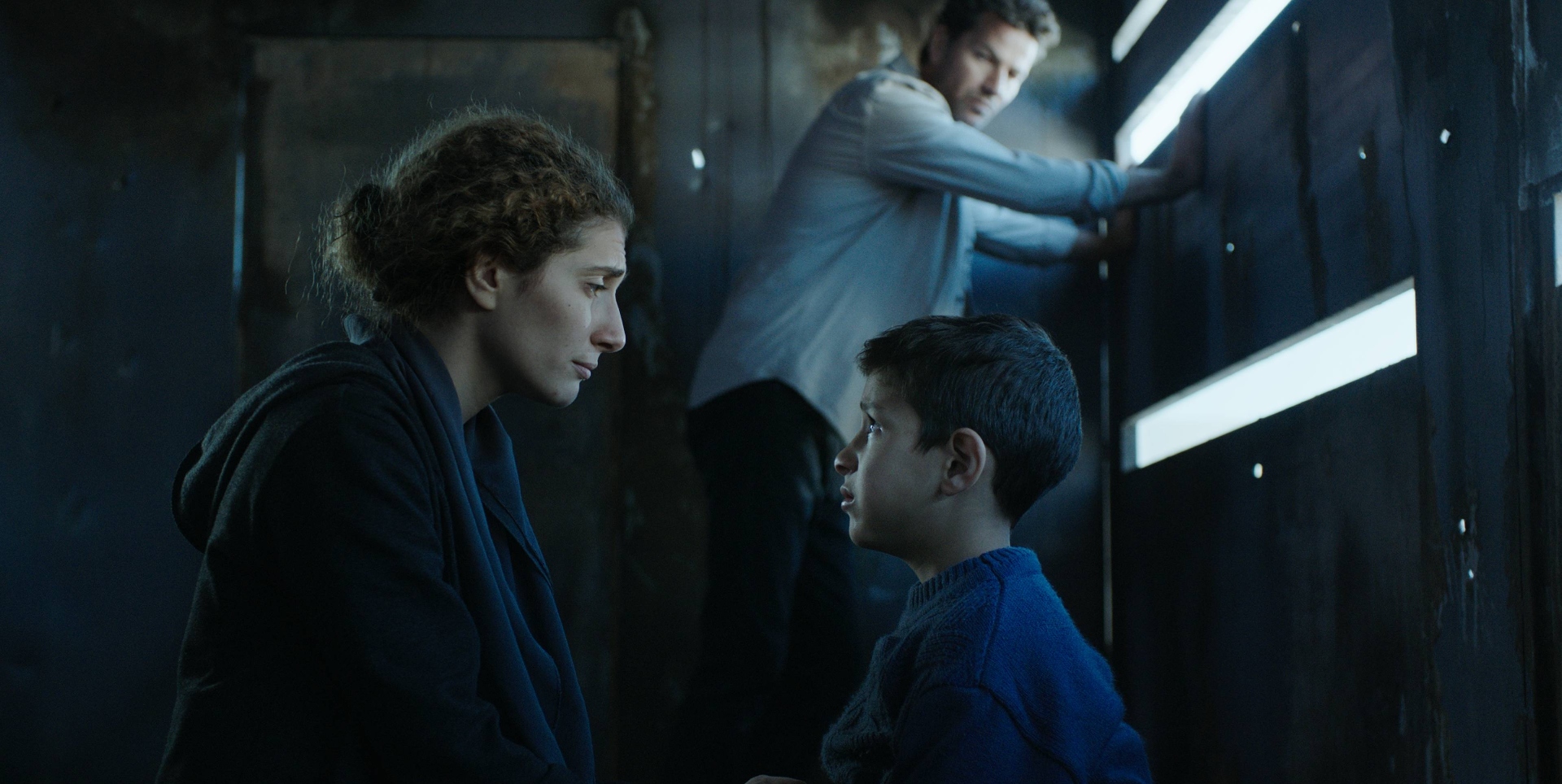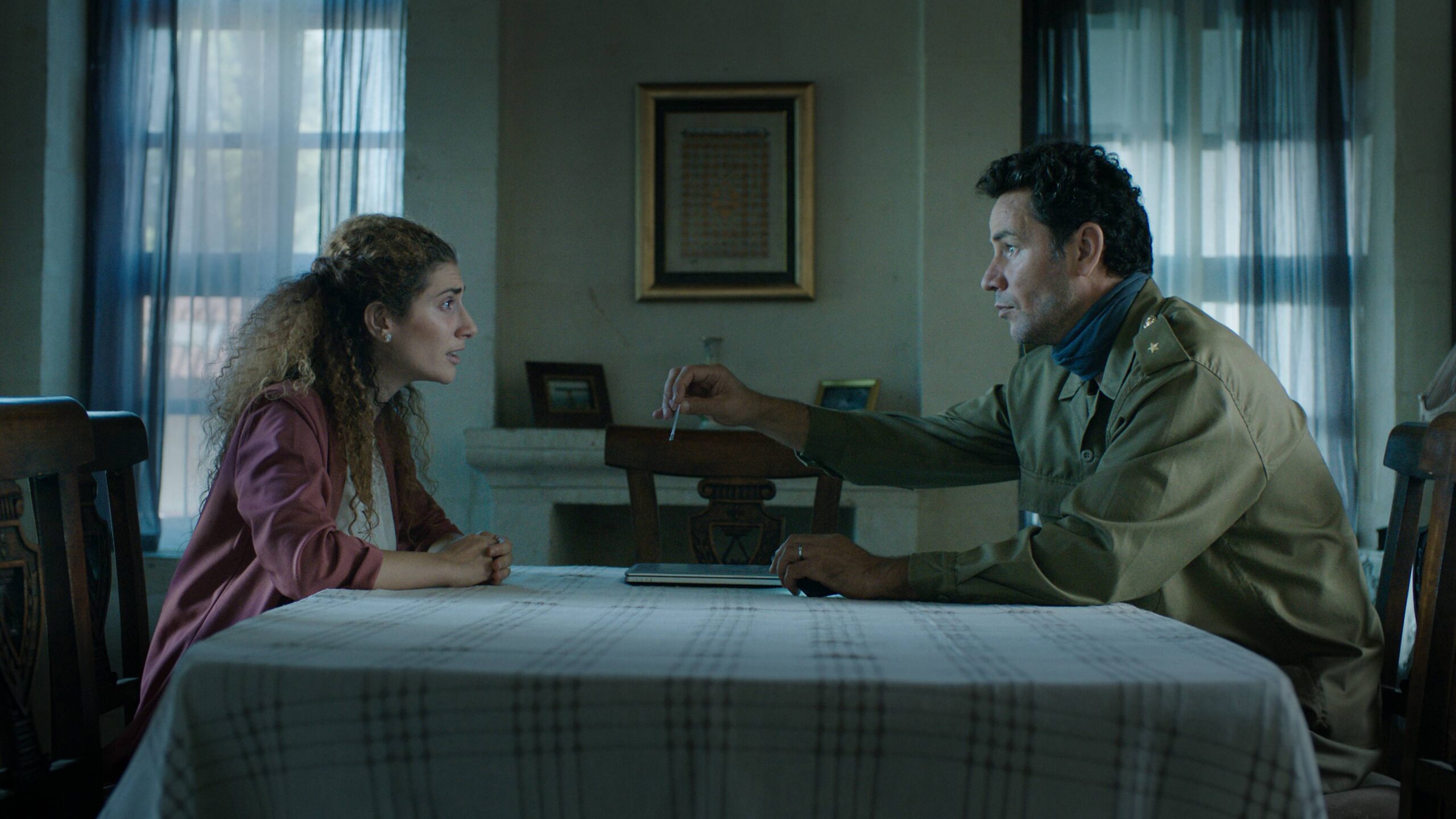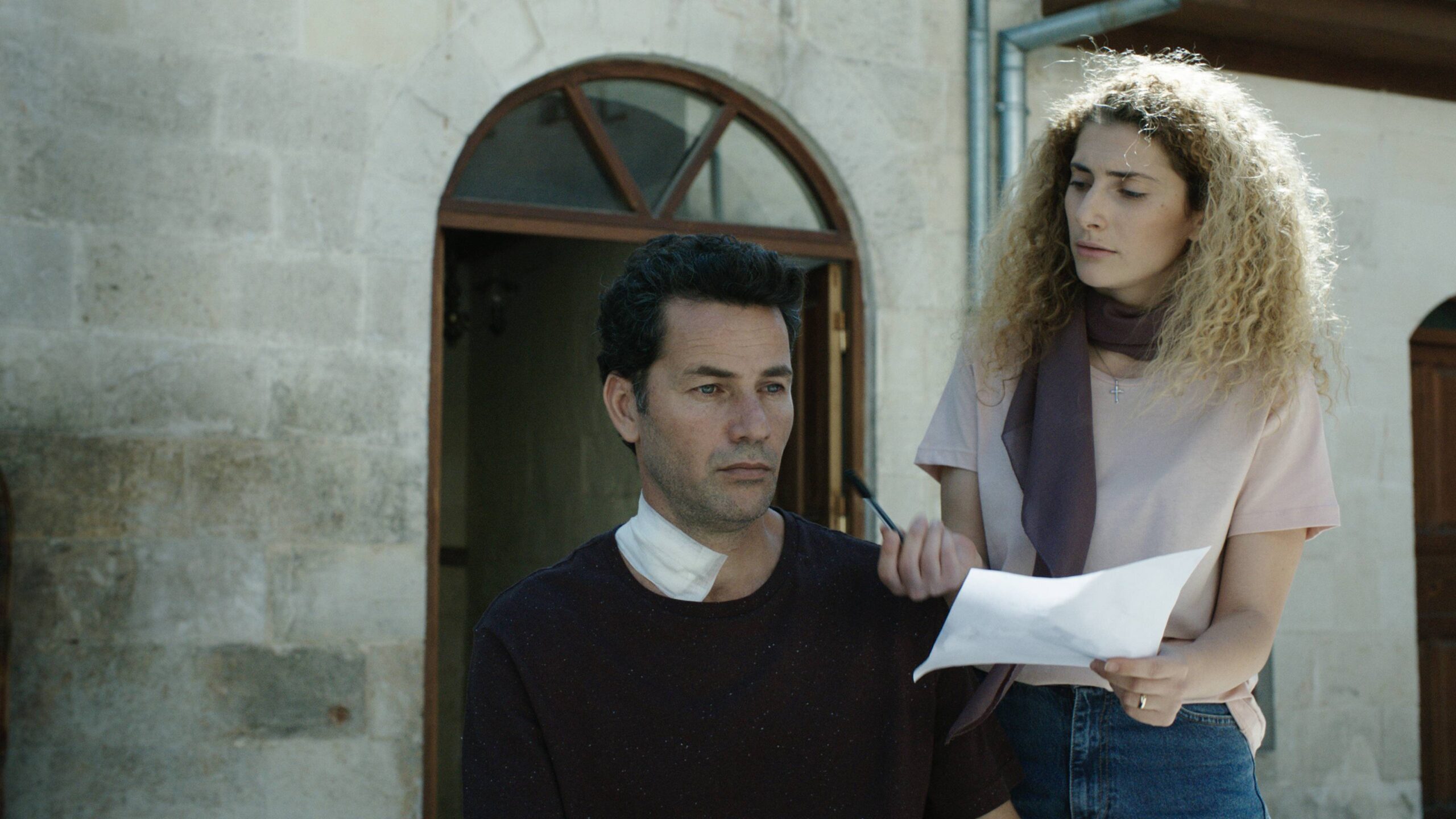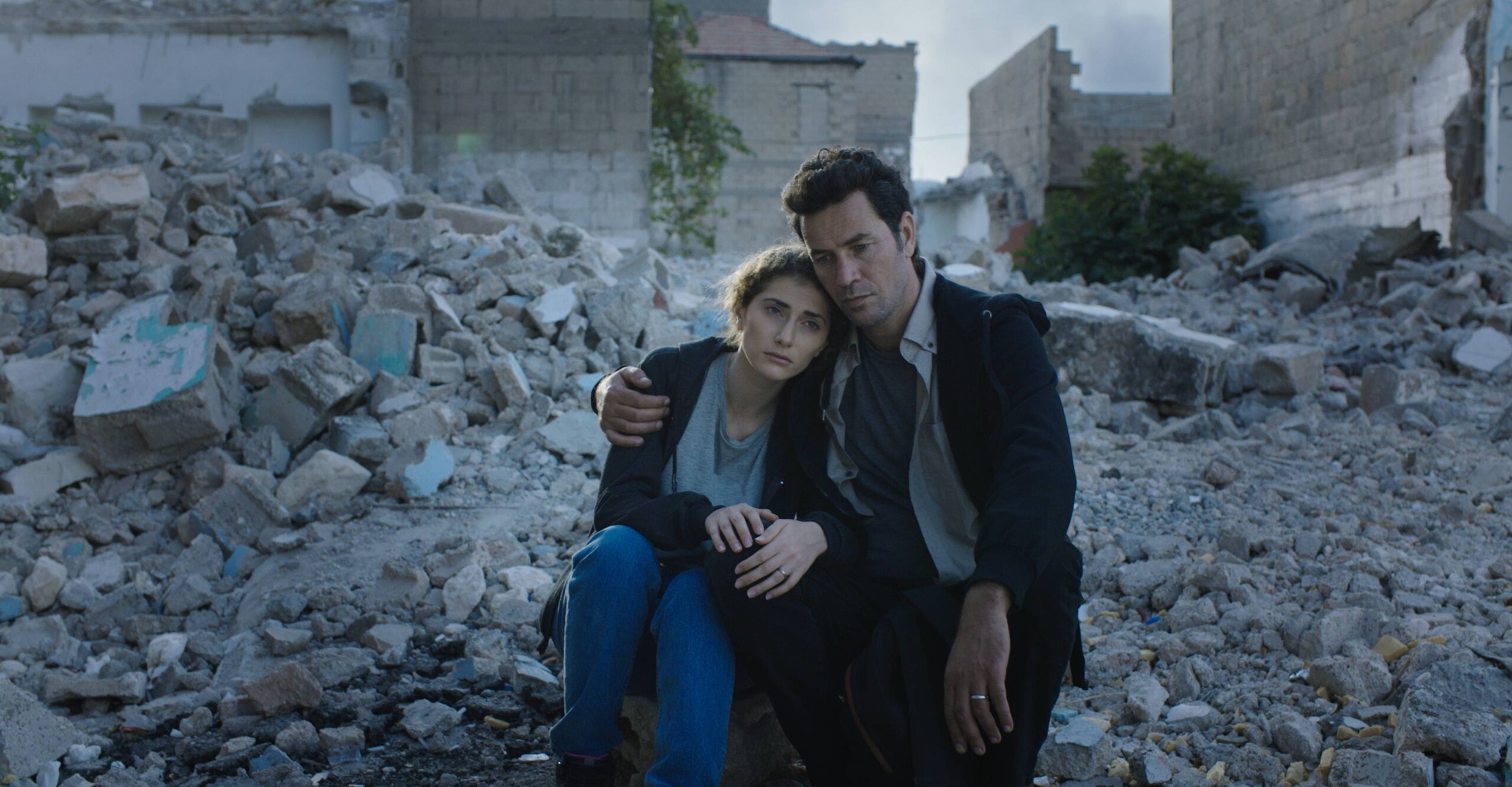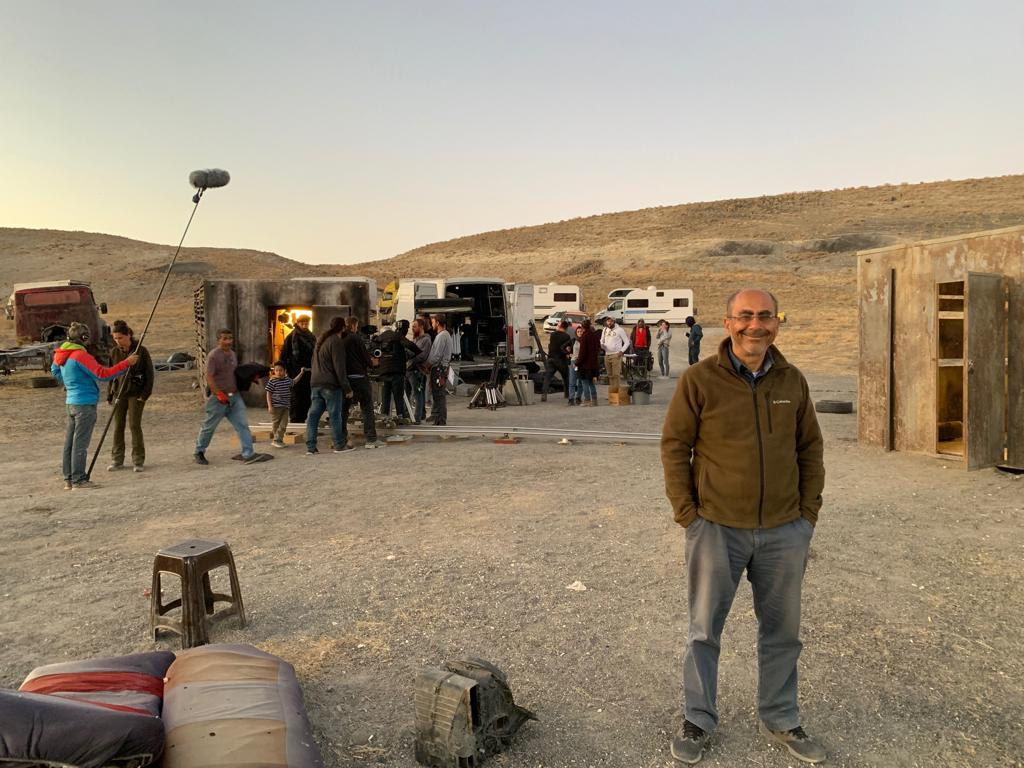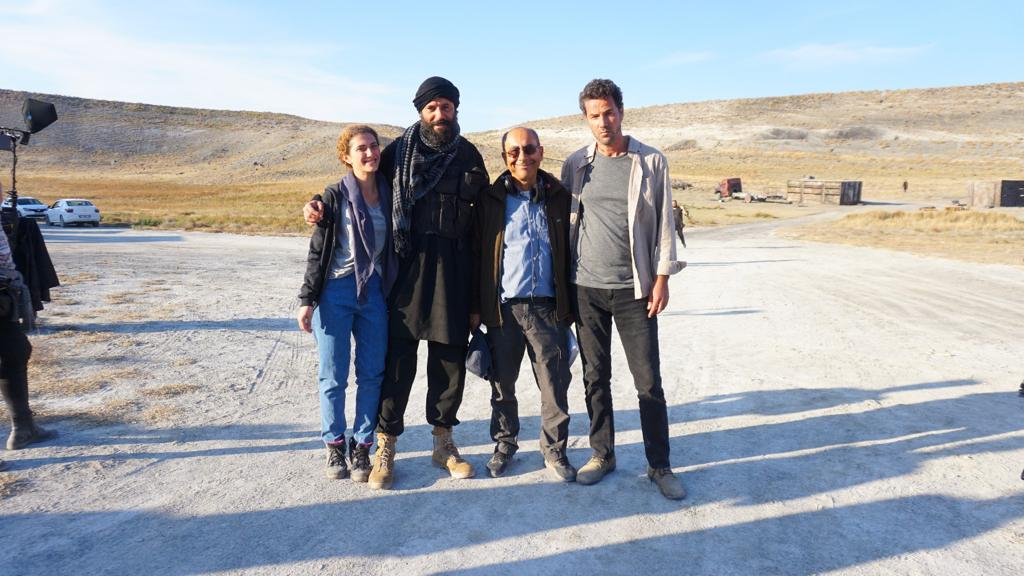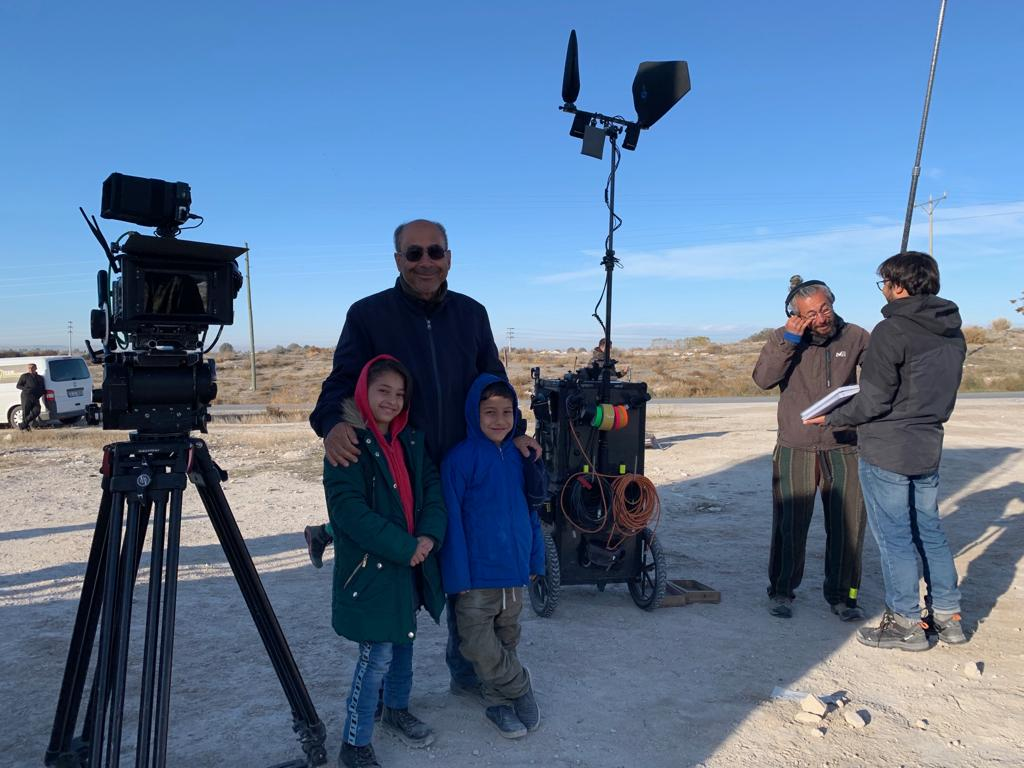Director’s Note:
The human drama in Syria continues unabated despite a death toll of some half a million. Flash Drive is the story of a Syrian man who risks his life in a bid to stop the bloodshed in his country. Ahmet, the protagonist, has to make a choice between listening to his conscience and safeguarding his own life. Confronted with a dilemma on the scale of a Greek tragedy, he opts to preserve his human dignity and go public with the crimes he has witnessed first-hand. There is no knowing what the consequences of his action will be. Nonetheless, his purity of intent might help spare him from psychological torment.
The trenchant dilemma facing Ahmet continues to be an issue not only for the Syrian people, but also, I feel, for humanity as a whole. In this sense, Flash Drive tells a universal story: a story of the cost of preserving human dignity. The film is based on a real-life event, but also draws on other true stories along with fictional elements.
In addressing the Syrian civil war in the film, I have tried to be as detached and dispassionate as possible. Ultimately, I believe Flash Drive is a fresh, profound film that sets out to highlight human dignity and to deal with events from a broad, inclusive perspective.
Potential Contribution to the Process
Flash Drive highlights the reasons for the Syrian war and the scale of the human tragedy still unfolding there. In the short term, I believe this could help both keep the issue relevant and create raise awareness and sensitivity around it. Over the longer term, I hope that the film will play a small part in eradicating orientalist clichés from international media perceptions of the Syrian people. Broadly speaking, the way the international media tends to view people of the Middle East and Islamic world is choked with stereotypical judgements. By contrast, Flash Drive portrays these same people as self-sufficient, as able to determine their fate. Rather than paint a picture of a weak, helpless people, the film helps create a positive, more humane impression by presenting them as independent actors.
How Flash Drive Differs from Other Syria Films
There are several aspects to Flash Drive that distinguish it from other films made about Syria since the war began.
Unlike other productions, the film doesn’t deal exclusively with the drama of refugees forced to flee the war. It also considers the war itself, how it may have started, what kind of human stories may have been lived out on the ground.
Secondly, Flash Drive seeks to capture as wide a social panorama as possible by weaving together stories of a free-for-all war played out against a backdrop of brutal violence. The Assad regime, the Free Syrian Army, ISIS, Christians, Yezidis, Kurds, Arabs, Alawites and Turkmens are some of the factions we encounter on this journey. In other words, the film presents a broad range of characters, events, situations and settings.
Thirdly, Flash Drive draws on ‘One Thousand and One Nights’, an integral part of the cultural heritage of the Middle East and Arab world. The film borrows from the structure and characterization of the tales and reinterprets them for a cinematic context, subtly incorporating them into the main story. In an age of cultural and historical appropriation, this nod to the region’s myths and folk tales is intended as a tribute to the culture of the ill-fated geography we live in.
For all the reasons above, Flash Drive avoids playing into the orientalist cliché of Middle Eastern peoples being pitiful, helpless, dependent on others, primitive, archaic and backward. Rather, the film breaks the cliché by being consciously grounded in the rich culture of the region.
Human, Changeable, Contradictory Characters
In Flash Drive, I have tried to create complex, human characters with depth and nuance rather than one-dimensional stereotypes. The characters embody both positive and negative qualities in their shifting relationships with themselves and each other, which gives them a human side, depth and complexity. Even the pathologist, who is essentially a bad person, tries to be nice to Ahmet at times. Similarly, for all his ruthlessness and nefarious acts, the ISIS cell leader, Musa, is portrayed as a father desperate to send a family photo to the young son he abandoned. In this sense, the film deliberately steers clear of paper-thin, black-and-white characters.
Powerful Female Characters
The film’s female protagonist in particular is characterized as a strong woman in command of her own freedom — in contrast to the portrayals found in some productions about the Middle East.
Changeable Characters
At the beginning of the film, Ahmet and his wife are fearful. But the horrific events they witness awaken in them both the need to act in the name of human dignity. They slowly change. During a gripping journey, they cling to their hopes of salvation in the face of a brutal world enveloping them. Mid-journey, the characters get caught up in rescuing a child from the war. Ultimately, that boy will become a gift to the heroes for doing their duty, much like a tale from ‘One Thousand and One Nights’.
Ahmet’s Silence
Some people may read the character of Ahmet, who is unable to speak in the film, as a symbol of the experience of the Syrian people. At the same time, Ahmet’s inability to speak sets him up for a dilemma in the style of a Greek tragedy. He must either keep quiet or risk death and speak out. His underlying aim is to find his own voice again — in other words, to be able to express himself, to act, to determine his fate. Ahmet manages to speak for the first time at the end of the film, when he tries to stop a Syrian boy from becoming a killer. Separately, the character’s inability to communicate with spoken language lends itself to the film’s cinematic style in providing a basis both for visual dramatization and for irony in the use of Obama’s voice.
‘One Thousand and One Nights’
The multiple plot threads within Flash Drive — the protagonists’ encounter with ISIS, Leyla’s experience as a hostage, Şeza’s suicide, Ahmet’s decision to go back to Syria from Turkey — evoke the embedded narrative structure of ‘One Thousand and One Nights’. In other words, the film weaves Eastern tradition into the narrative structure of classic cinema.
Secondly, the film’s adaptation of this narrative approach provides a platform for portraying the surreal situations that war can throw up, thus bringing into play the interaction of real life and fiction. For example, the zoo animals that escape after the bombing of the convoy add to the surreal atmosphere of the film, while also referencing the horror of war.
Thirdly, by drawing on myths, tales and traditions, the film pays tribute to Arab culture.
Fourthly, the background presence of the tales serves to enhance the characters. To give an example, Flash Drive features a modern-day Scheherazade (Ahmet) who struggles to tell his story to the outside world. But unlike the Scheherazade of ‘One Thousand and One Nights’, Ahmet is ironically unable to speak. Nonetheless, his silence also holds hope.
Essentially, all authoritarian regimes suppress the voices of individuals in favour of broadcasting other voices. When Ahmet finally begins to speak, albeit hoarsely, at the end of Flash Drive, he triggers the hope of escape from the prison of authoritarian voices walling him in. Ultimately, he chooses to embrace a mood of hope.


